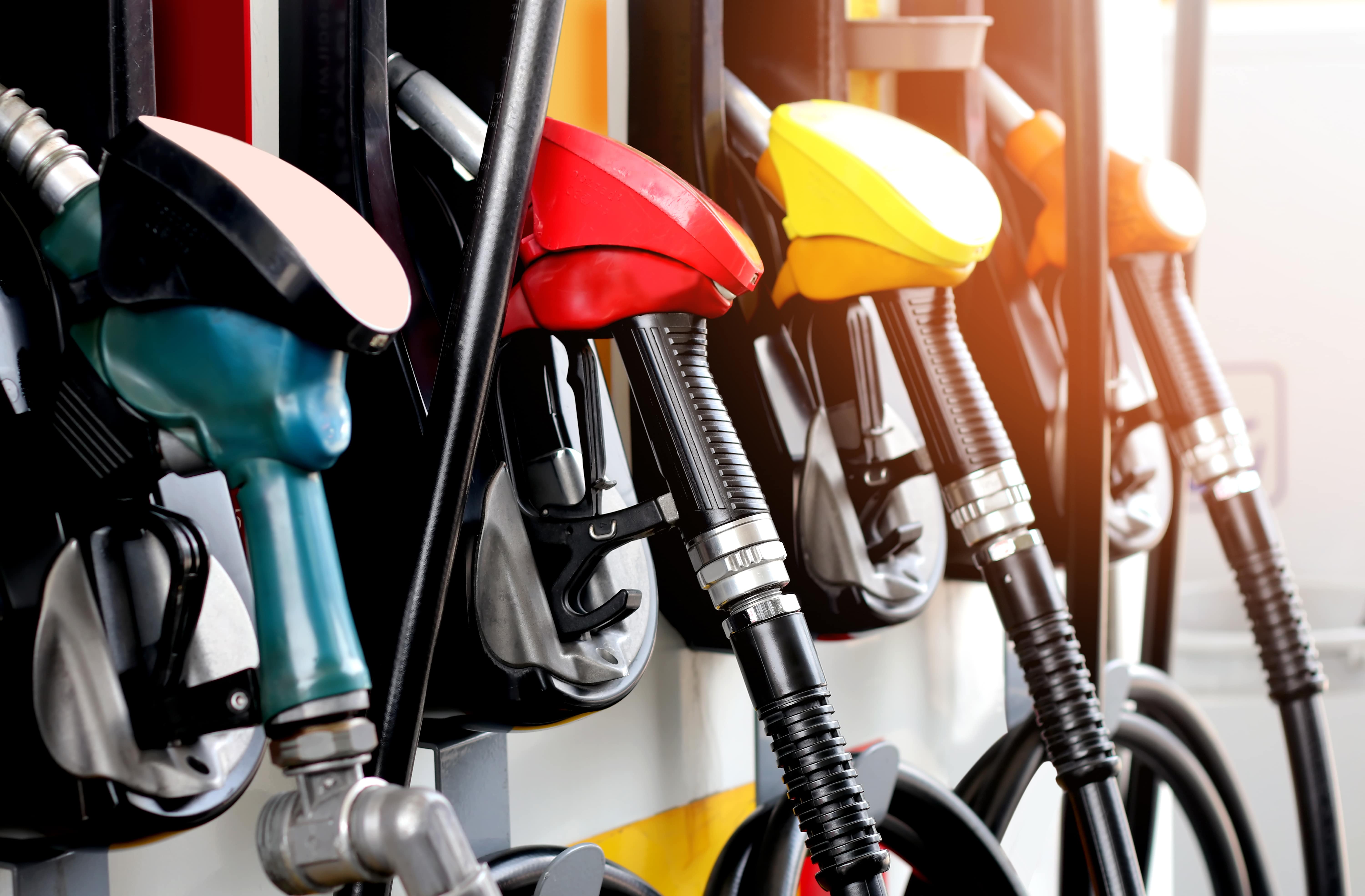
Guest
Tipy pre vodičov nákladných vozidiel na úsporu paliva
Vytvorené: 16. 08. 2024
•
Aktualizované: 10. 10. 2024
Úspora paliva vozidiel je jedným z najdôležitejších aspektov ovplyvňujúcich náklady dopravných spoločností. Je nevyhnutné pochopiť, ako zlepšiť palivovú úspornosť, a to ako manažér, tak aj vodič. V spoločnosti SNAP sa snažíme poskytovať profesionálnu podporu všetkým, ktorí sa zaoberajú nákladnou dopravou - preto sme pripravili zoznam tipov, ktoré môžu pomôcť pri efektívnom využívaní paliva na cestách.
Prečo je úspora paliva taká dôležitá?
Aby ste plne pochopili význam úspornosti benzínu, stojí za to zvážiť, akú úlohu zohrávajú náklady na palivo v rozpočtoch dopravných spoločností. Podľa rôznych správ môžu náklady na palivo predstavovať 25 až 35 % výdavkov prevádzkovateľov vozových parkov. Používanie tipov na úsporu paliva môže výrazne znížiť náklady, čo umožní uvoľniť veľkú časť rozpočtu na iné investície.
Ďalším aspektom, prečo sa oplatí spotrebovať palivo, je ekológia. Napriek tomu, že sa v nákladnej doprave pomaly presadzujú elektrické vozidlá, väčšinu vozových parkov stále tvoria prevažne nákladné vozidlá vybavené bežnými spaľovacími motormi. Vzhľadom na to, že doprava sa podieľa jednou pätinou na globálnych emisiách znečistenia, tipy na úsporu paliva môžu pomôcť nielen vám a vašej spoločnosti, ale aj celej planéte.
Tipy na úsporu paliva od spoločnosti SNAP pre vodičov v Spojenom kráľovstve a Európe
Aby sme vám pomohli bojovať proti rastúcim nákladom a znížiť emisie znečistenia, pripravili sme zoznam tipov na dosiahnutie optimálnej palivovej úspornosti vozového parku. Tie vychádzajú zo skutočných skúseností a odporúčaní dôveryhodných partnerov z odvetvia - môžete si byť istí, že realizácia našich tipov bude mať zásadný vplyv na úsporu paliva.

1. Pomalé a rovnomerné tempo vyhráva preteky
Aj keď môže byť lákavé snažiť sa dostať do cieľa čo najskôr, je dôležité pri jazde zohľadniť rýchlostné limity. Súčasné obmedzenia platia od roku 2015 a stanovujú maximálnu rýchlosť na jednoprúdových a dvojprúdových cestách na 50, resp. 60 km/h a na diaľniciach na 70 km/h. Dôležité je, že pre vozidlá nad 7,5 tony (pričom hmotnosť sa vypočíta na základe hmotnosti nákladného vozidla aj hmotnosti tovaru) platia prísnejšie rýchlostné obmedzenia vrátane 60 km/h na diaľniciach. Je dobre zdokumentované, že rovnomerná jazda a dodržiavanie limitov prispieva k úspore paliva vozidla - navyše pomáha vyhnúť sa pokutám za prekročenie rýchlosti a výrazne znižuje riziko nehody.
2. Získajte informácie o úspore paliva
Aby ste plne pochopili vplyv vášho štýlu jazdy na náklady na dopravu, musíte sa oboznámiť s úskaliami spotreby paliva. MPG je najbežnejšia jednotka používaná na meranie spotreby paliva vozového parku. Výpočet je pomerne jednoduchý, ale jednotky môžu byť mätúce, keďže väčšina čerpacích staníc v Spojenom kráľovstve a Európe predáva palivo v litroch. Jeden britský galón sa rovná 4,546 litra. Väčšina súčasných vozidiel poskytuje štatistiky MPG za jazdy, takže môžete ľahko sledovať spotrebu paliva počas jazdy.
3. Menej brzdite a jazdite rovnomerným tempom
Pokojný štýl jazdy dokáže urobiť zázraky pre úsporu paliva nákladného vozidla. Používajte brzdenie motorom všade, kde je to možné, udržiavajte bezpečnú vzdialenosť medzi vami a ostatnými vozidlami a predovšetkým - na ceste používajte zdravý rozum. Buďte ostražití, aby ste rýchlo identifikovali všetky situácie, ktoré by si mohli vyžadovať spomalenie, a podľa toho upravte rýchlosť, aby ste zachovali bezpečnosť a zároveň znížili spotrebu paliva.
4. Ak je to možné, jazdite na vyšších rýchlostných stupňoch
Ďalším aspektom, ktorý musíte zohľadniť, je spôsob fungovania motora - vyššie prevodové stupne znamenajú menej otáčok za minútu, čo vedie k menšiemu zaťaženiu motora. Pokiaľ nejazdíte z kopca alebo neznižujete prevodový stupeň na predbiehanie, snažte sa zostať na najvyššom prevodovom stupni vždy, keď je to možné. Ide o jednu z najdôležitejších techník jazdy, ktorá šetrí palivo.

5. Starajte sa o svoje vozidlo
Starajte sa o svoje vozidlo a ono sa postará o vás. Pravidelne udržiavajte svoje vozidlo, sledujte hladinu oleja a tlak v pneumatikách a kontrolujte účinnosť motora. Tieto tipy na šetrenie paliva pri jazde môžu znamenať dlhú cestu a oddialenie opráv a iných údržbárskych prác. Často prehliadaným aspektom úspory paliva vozového parku sú správne nahustené pneumatiky, ktoré môžu znížiť spotrebu paliva až o 2 %.
6. Naplánujte si trasu a informujte sa o stave ciest
Vopred naplánovaná trasa vám pomôže vyhnúť sa nesprávnemu odbočeniu a zbytočnému predĺženiu cesty o ďalšie kilometre. Často to robí automaticky vaše satelitné navigačné zariadenie, ale musíte byť informovaní aj o prípadných obchádzkach a zlých podmienkach na cestách, aby ste ešte viac optimalizovali svoju trasu.
7. Majte na pamäti aerodynamiku
Pri poskytovaní tipov na úsporu paliva sa často zabúda na vplyv odporu vzduchu na spotrebu paliva. Pri vyšších rýchlostiach môže mať na spotrebu paliva negatívny vplyv aj to, že máte otvorené okná. Aerodynamické straty môžu zvýšiť spotrebu paliva až o 20 % - tento bod sa rozhodne oplatí mať počas jazdy na pamäti.
8. Používajte palivovo najúspornejšie nákladné vozidlá
Tento tip je zameraný skôr na manažérov vozových parkov, ale je rozumné si ho zapamätať aj ako vodič. Hoci je ťažké vybrať jedno najúspornejšie nákladné vozidlo, na trhu rozhodne nie je nedostatok úsporných nákladných vozidiel - najmä medzi novšími modelmi. Nákladné vozidlá s dobrým MPG sú dôležitým prínosom pre každú prepravnú spoločnosť. Hoci v niektorých prípadoch môžu byť počiatočné náklady na nákladné vozidlá s najlepšou MPG vyššie ako na alternatívu, ktorá spotrebuje viac paliva, úspory sa prejavia v dlhšom časovom období.
9. Pri voľnobehu vypnite motor
Najmä pri zjazde z diaľnice do cieľovej destinácie, ktorá sa môže nachádzať v meste, sa môžete často dostať do situácie, keď budete stáť v premávke, a to aj dlhšie. V takýchto prípadoch sa oplatí na chvíľu vypnúť motor. Aj pri tých najúspornejších nákladných vozidlách je to výhodné - zároveň tým znížite emisie a hladinu hluku.
10. Používajte dôveryhodné riešenia, ktoré vám pomôžu na cestách
Hľadanie parkovacieho miesta alebo vhodného miesta na doplnenie paliva môže k vašej trase pridať mnoho zbytočných kilometrov. Na urýchlenie tohto procesu môžete použiť softvér TMS (Transport Management System) - platforma SNAP je k dispozícii pre prevádzkovateľov vozových parkov aj vodičov. Medzi dostupné funkcie patrí modul SNAP Parking, ktorý vám umožní nájsť zastávky pre nákladné vozidlá a parkoviská v depách - ušetrí vám čas a palivo.

Zhrnutie - jazdite plynule, dbajte na aerodynamiku, používajte správne vozidlo a využívajte funkcie účtu SNAP
Ako dosiahnete optimálnu spotrebu paliva vozidla? Existuje mnoho spôsobov, ako znížiť spotrebu paliva - od zachovania pokojného a stabilného štýlu jazdy, cez používanie najúspornejších dostupných vozidiel až po starostlivosť o aerodynamiku a údržbu vozidiel. Skvelé výsledky môžete dosiahnuť aj využitím funkcií dostupných na platforme účtu SNAP, ako sú napríklad SNAP Fuel a SNAP Parking.
Naše riešenia v súčasnosti pomáhajú viac ako 185 000 vodičom v celej Európe a viac ako 8 500 vozovým parkom pomáhajú šetriť náklady na palivo. Výdavky na palivo môžu predstavovať 25 - 35 % výdavkov dopravnej spoločnosti - okrem ekonomických výhod je efektívnosť benzínu dôležitá aj pre našu planétu, pretože pomáha znižovať emisie.



